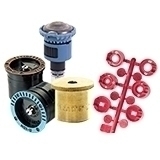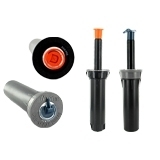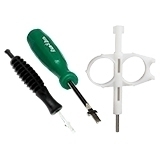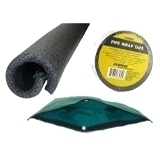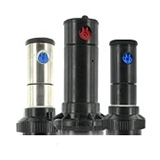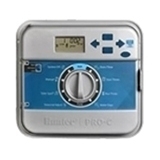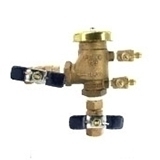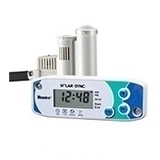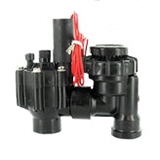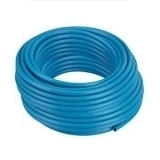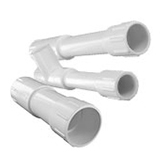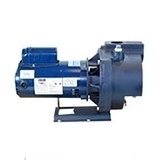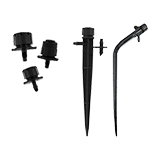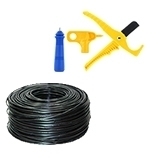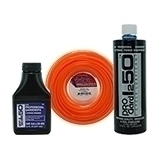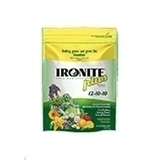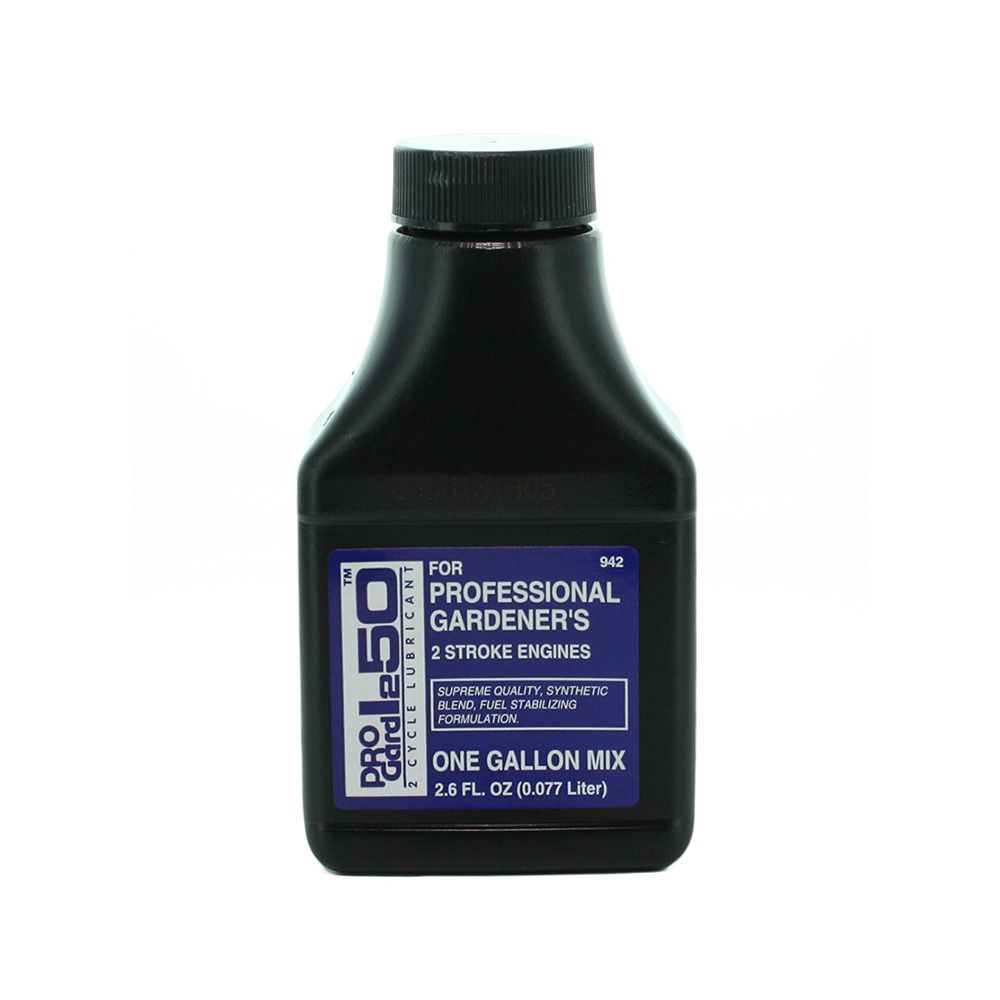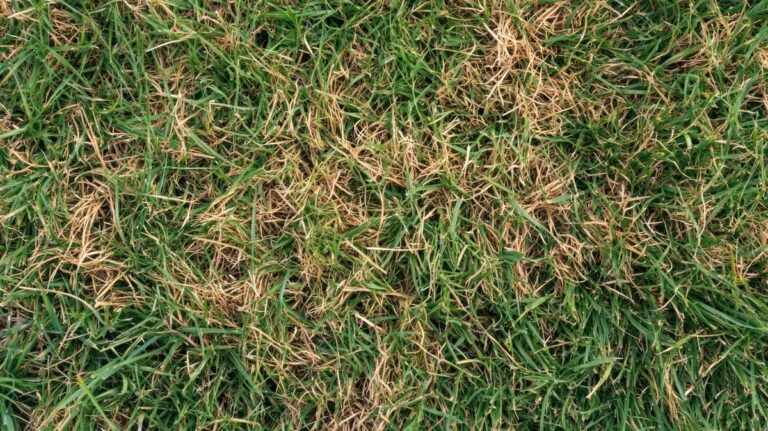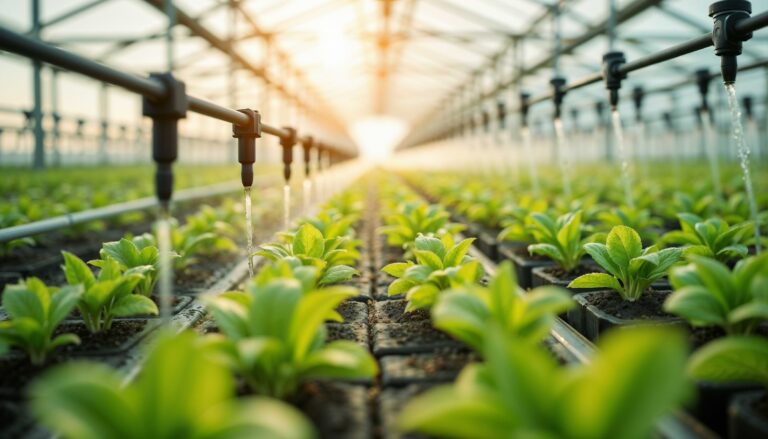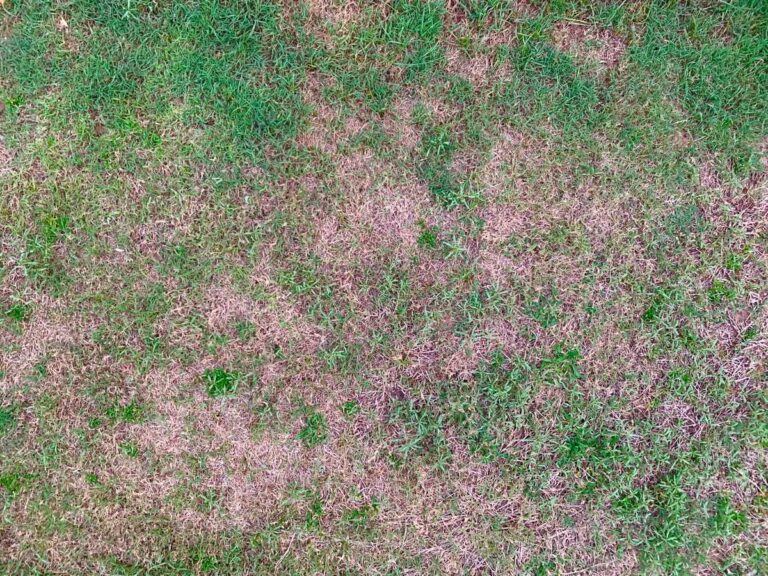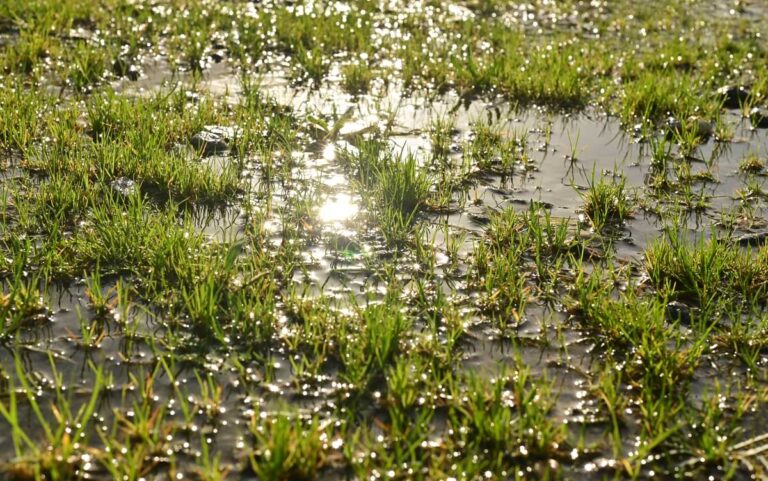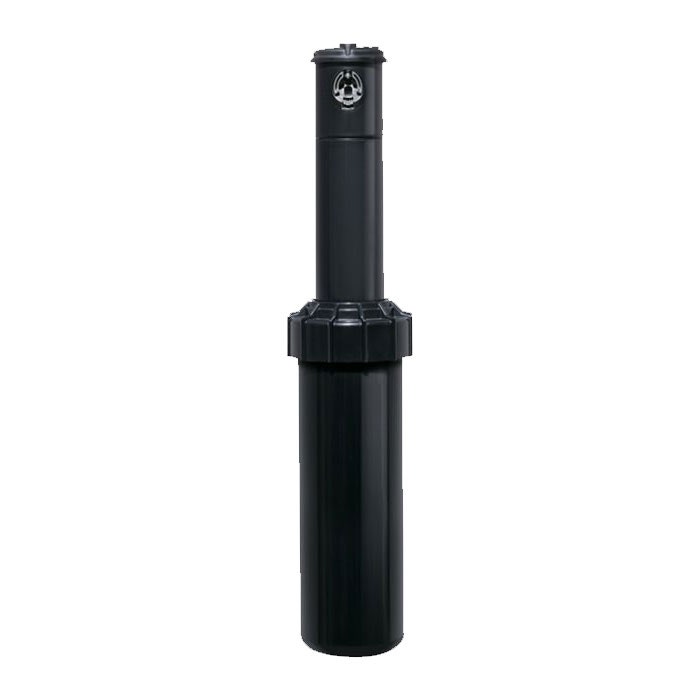Table of Contents: How to Incorporate a Fertilizer Injector
If you’re already investing in a home sprinkler system, adding a fertilizer injector is a smart, efficient upgrade. This small piece of equipment can supercharge your lawn and garden care routine by delivering nutrients directly through your irrigation system, saving you time, reducing waste, and helping your yard thrive. Here’s everything you need to know about how to incorporate a fertilizer injector into your setup.
What Is a Fertilizer Injector?
A fertilizer injector (also called a fertigation system) is a device that mixes water-soluble fertilizer with the water flowing through your irrigation system. As your sprinklers run, they deliver both water and nutrients to your turf and plants simultaneously.
These systems are common in agriculture, but they’re increasingly popular for residential use thanks to their convenience and effectiveness.
Step-by-Step: How to Install a Fertilizer Injector
Adding a fertilizer injector to your sprinkler system may sound complex, but it’s surprisingly doable with the right tools and a little guidance. Whether you’re a seasoned DIYer or just looking to upgrade your lawn care routine, here’s how to incorporate a fertilizer injector into your existing irrigation setup.
1. Choose the Right Fertilizer Injector
Choosing the right fertilizer injector is key to ensuring your system delivers nutrients efficiently and consistently across your entire yard.
There are several types of injectors to choose from:
- Proportional Injectors: Proportional injectors deliver a consistent fertilizer-to-water ratio regardless of water pressure or flow.
- Adjustable Ratio Injectors: Adjustable ratio injectors give you control over how much fertilizer is dispensed.
- Venturi Injectors: Venturi injectors are affordable and simple but dependent on pressure changes.
For most residential sprinkler systems, a simple proportional injector or an adjustable model offers the right balance of performance and ease.
2. Identify the Installation Location
Fertilizer injectors should be installed on the mainline of your sprinkler system, after the backflow preventer but before the zone valves. Installing the fertilizer injector before the zone valves ensures even distribution across all irrigation zones, allowing every part of your yard to benefit from the nutrients.
Choose a location that’s easily accessible for maintenance, and be sure to leave enough space for adding additional components such as a filter and bypass line if needed.
3. Install a Filter
Always install a filter before the injector to prevent clogs. Fertilizer can introduce particles or residues that may damage your sprinkler heads or clog small nozzles. A mesh or disc filter is typically recommended for home systems.
Regularly check and clean the filter to maintain consistent flow and avoid interruptions to your irrigation schedule.
4. Add a Check Valve
To protect your home’s drinking water, use a check valve or backflow preventer. This prevents fertilizer from accidentally flowing backwards into your main water supply, which is both unsafe and often against local plumbing codes.
A properly installed check valve adds an essential layer of safety and ensures your fertigation system remains compliant and worry-free.
5. Connect the Injector
Most systems come with basic instructions and fittings. Attach the injector using the manufacturer’s recommended fittings, making sure all seals are tight to prevent leaks.
Just keep in mind that some setups may require a bypass loop or extra tubing.
6. Test and Adjust
Turn on your sprinkler system and watch for any leaks. You may need to adjust your fertilizer mix or injection rate based on your yard’s needs and the type of plants you’re feeding. Start with a low concentration and gradually increase if necessary.
Monitor your system over the first few watering cycles and look for signs of over- or under-fertilization, such as yellowing leaves or overly fast growth.
Why Fertilizer Injectors Are Worth It
Fertilizer injectors offer a seamless way to keep your lawn greener, your flowers more vibrant, and your garden healthier, with less manual labor. It’s a one-time installation that delivers ongoing benefits all season long.
Whether you’re a DIYer or working with a landscape pro, incorporating a fertilizer injector is a small change that can make a big impact on your home irrigation system.
FAQs for Fertilizer Injectors
What does a fertilizer injector do?
A fertilizer injector automatically mixes fertilizer into your irrigation water, feeding your lawn or garden every time you water. This process—called fertigation—ensures even, consistent nutrient delivery without the hassle of spreading by hand.
How to mix fertilizer for injectors?
Start with a liquid or water-soluble fertilizer that’s compatible with your injector system. Follow the product’s dilution instructions carefully: too much can burn your plants, too little won’t be effective. Mix the solution thoroughly in water before pouring it into your injector tank to prevent clogs and ensure even distribution.
How long does it take for liquid fertilizer to work?
Most liquid fertilizers begin showing results within 3 to 7 days after application. You’ll likely see greener grass, perkier plants, and stronger growth within the first week. Consistent watering and proper application will help maintain those results over time.
If you want to stay up-to-date on the latest Sprinkler Warehouse news and make the most of all of our one-of-a-kind promotions, join the Irri-Gator community today. Happy watering, Irri-Gators!


